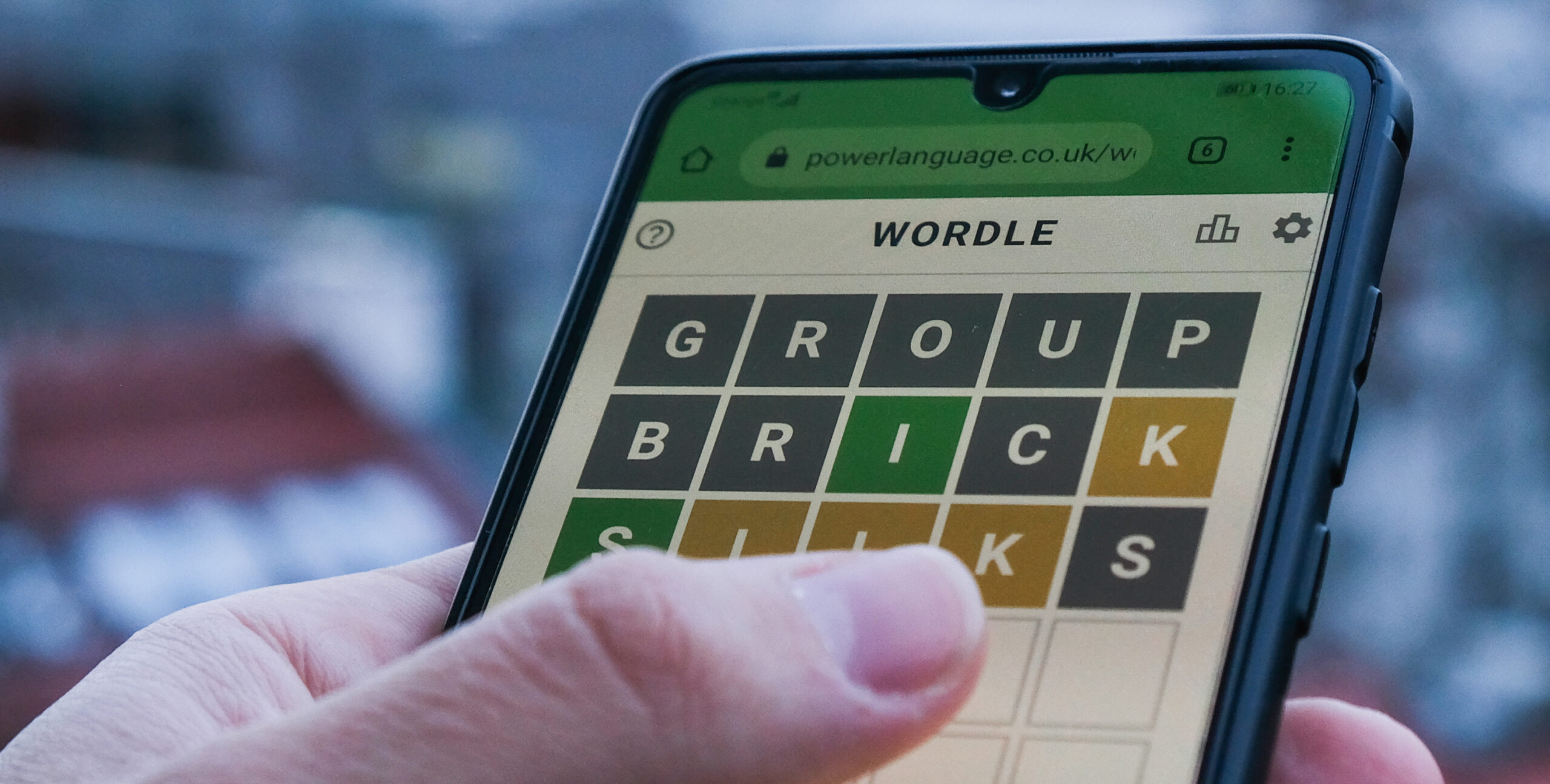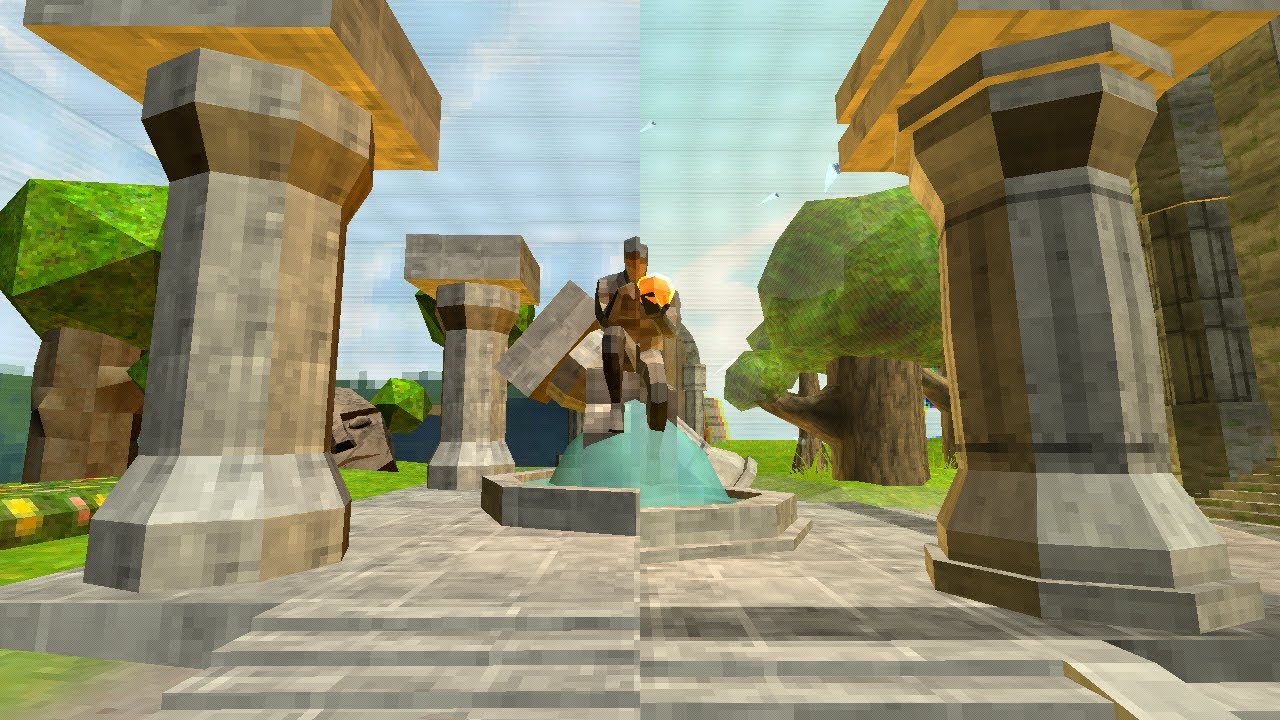This article first appeared in PC Gamer magazine issue 384 in May 2023, as part of our Tech Tales series. Every month we talk about the ups and downs of PC hardware, with a look back on our own history with the hobby.
People were excited in 2004. The most anticipated PC game there had ever been was on its way. Half-Life 2’s predecessor had shaken up the game industry to a degree that even the last 25 years of hyperbole in the game press hasn’t quite got across. It was like someone had just flipped a switch: one minute there were only Doom clones and stifled yawns, the next, everyone was doing set-pieces, real-time storytelling, and turrets. Valve’s FPS was so good that we were even happy to play the bad impressions of it.
Even before there were screenshots, the PC gaming population was enraptured by Half-Life 2’s announcement. And then there were screenshots, and we all basically melted into burning-hot hype puree. A strange, Soviet-inspired dystopian city. Massive ants. A car. A car! It was all just too much for us. We barely had the internet back then, so it didn’t take much to overload our circuits.
That was the very basis of the game of 4D chess Gabe Newell and co were about to play with Half-Life 2. Perhaps September 19, 2003 was a turning point for Valve, when it was made aware of exactly how online the world had become when it was discovered that a German hacker named Axel Gembe had infiltrated the company’s internal network and pilfered an early beta version of the game. He’d given that version to a friend via a physical media copy, and that friend had released it to the internet, and… quite a lot of people were now playing an early, unreleased and quite cataclysmically broken version of the most anticipated PC game in history. Valve was quite upset.
Hot air
(Image credit: Valve)
Coincidentally, this happened exactly one week after Valve launched Steam, a new online games hub designed to make it easier to keep Counter-Strike 1.6 patched up to date and to stop cheaters. Within seven days, the biggest game in the world had leaked onto the internet and was being circulated for free, and its developer had launched an online application that would subsequently become PC gaming’s de facto home for decades. It might well be the most important week of the 21st century. And one wonders if the two events have a deeper relationship than sheer happenstance.
Because—and this is complete conjecture, let’s be clear about that—if Half-Life fans were online enough to have located and downloaded a hooky beta of HL2 from who knows where, they were online enough to access games through Steam. The users who’d downloaded that beta had sent that message very clearly. This was an online industry now.
In December 1998, just after Half-Life released, the CI Almanac estimated there were 147 million internet users globally—about 3.6% of the world’s population. By December 2004, that figure had risen to 817 million global users, or 12.7% of the total population, and in America Pew Research estimates that 63% of adults now had internet access. That was a seismic change in the space of six years, equivalent to VR’s tiny market hold in 2023 exploding so quickly that more than half of American adults are kicking back with an Oculus Quest by 2029.
(Image credit: Valve)
Untethered from the erosive chaos of online culture and always at least a tiny bit drunk on black sambuca, we were happy.
The time was right to nudge gamers into a more persistently online ecosystem, Valve deemed. So when HL2 released, just over a year after Steam’s rollout and the infamous beta leak, it released both in disc form and as a digital download via Steam. The real kicker: you needed to go online and create a Steam account either way.
I was living in university halls in November 2004, and we didn’t have internet access in our rooms, just like we didn’t have heated toilet seats in our bathrooms or artisanal Japanese chef’s knives in our kitchens. Broadband connections were a luxury to us, not a ubiquity. If we needed to access the internet—usually to chat to our mates back home on MSN Messenger—we did it from the campus IT rooms, a few times a month. Untethered from the erosive chaos of online culture and always at least a tiny bit drunk on black sambuca, we were happy.
Except for when we needed to go online with our gaming PC in order to validate an installation of the most exciting game on Earth that we’d just spent £40 for a boxed copy of down at Curry’s. In that one incredibly specific and improbable scenario, not having internet access was a living nightmare. I was one of the gamers who simply wasn’t ready for Valve’s vision of PC gaming in 2004, forcibly pushed down a funnel into a new reality where having an internet connection was a must for playing singleplayer games, and where you bought those games as digital downloads from a storefront we were all strong-armed into installing back in 2004. GabeN checkmated us all—it just took us years to notice.











